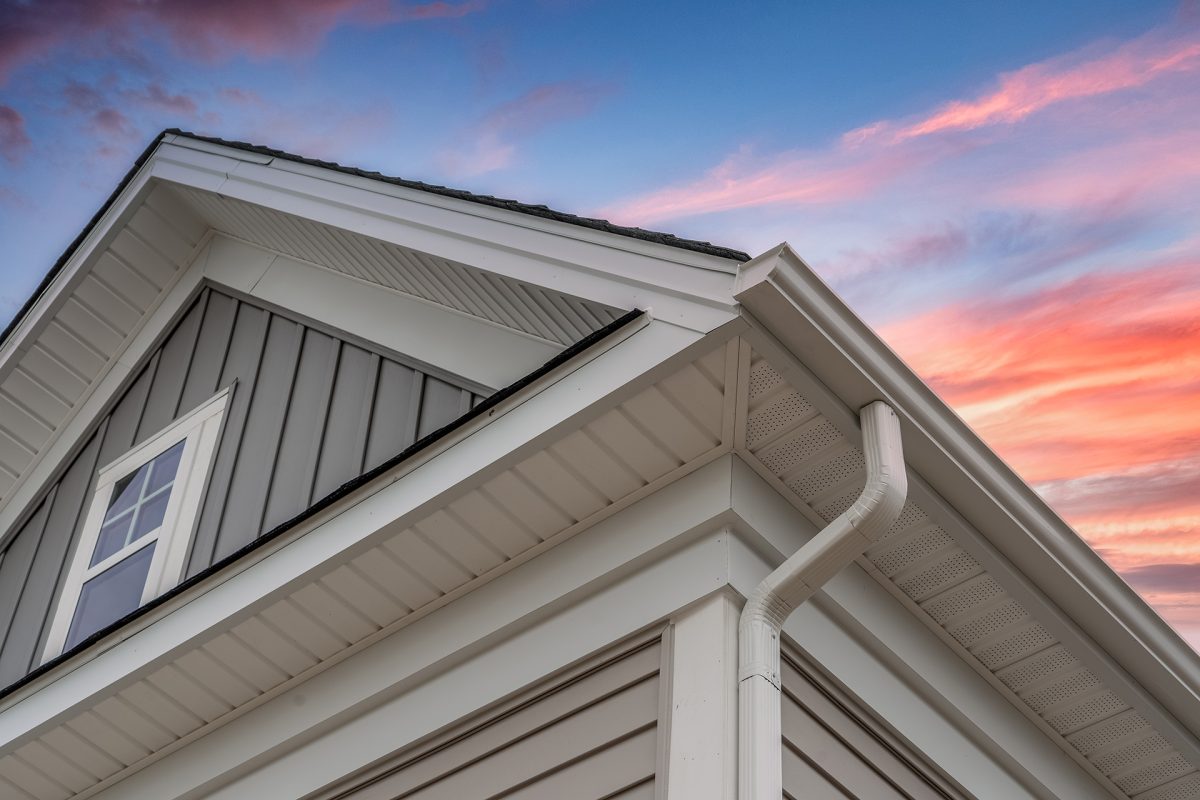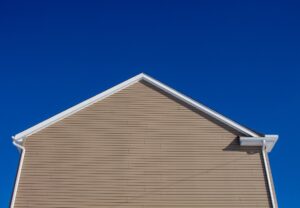Choosing the right siding color for your home is one of the most impactful decisions you can make to elevate its curb appeal. The siding color not only defines your home’s personality but also harmonizes with its surroundings, architectural style, and roofing. A well-coordinated exterior speaks volumes about your attention to detail and adds to your property’s overall value.

Understanding the Role of Color in Curb Appeal
Color sets the tone for your home. Neutral tones like beige, gray, and taupe provide timeless appeal and versatility. They blend effortlessly with various roof colors, allowing flexibility in landscaping and trim choices. On the other hand, bold hues like navy blue, forest green, or even black make a statement, giving your home a distinct personality. The key lies in striking a balance between standing out and blending with the neighborhood aesthetic.
Complementing Your Home’s Architecture
Architectural style plays a crucial role in determining the best siding color. Traditional homes, such as Colonial or Victorian designs, often pair beautifully with classic whites, soft pastels, or earthy tones. Modern homes, characterized by sleek lines and minimalistic features, lean toward darker shades like charcoal or unique blends like a gray-blue. Farmhouse styles often embrace warm whites or soft greens, creating a welcoming and rustic look.
Coordinating Siding with Roofing
Your roof’s color and material significantly impact your siding choice. Asphalt shingles, one of the most common roofing materials, offer a wide range of neutral shades that pair well with versatile siding options. If you have a dark roof, lighter siding colors create contrast and brightness, making your home appear larger. Conversely, if your roof is a lighter shade, consider deeper siding hues to add depth and richness.
Metal or tile roofs often come in bold colors or unique finishes. For homes with these roofing styles, opt for neutral or muted siding shades to let the roof take center stage. Always consider the overall harmony between the roof, siding, and additional elements like shutters and trim.
Enhancing Your Landscaping with Color
The surrounding environment also plays a significant role in your siding color choice. Homes surrounded by lush greenery benefit from earthy tones like sage or olive green, which blend seamlessly with nature. If your landscape features vibrant flowers or striking hardscapes, neutral siding provides the perfect backdrop. Coastal homes might lean toward softer blues or sandy hues that reflect the natural beauty of their surroundings.
Exploring Textures and Finishes
The texture and finish of your siding add another layer of interest to your home’s exterior. A matte finish gives a contemporary, understated look, while a glossy finish can make colors appear more vibrant. Textured siding, such as wood grain or shake, can highlight subtle color variations and create depth, especially in shades like cream, light gray, or taupe.
Roofing: A Complementary Element
 Roofing is not just a functional feature but an aesthetic partner to your siding. For homes with a classic slate roof, deep colors like navy or hunter green can create a cohesive and elegant look. Cedar shake roofs, with their natural tones, pair well with cream or warm brown siding. Metal roofs, often seen in modern designs, demand simplicity in siding to maintain a clean and cohesive look.
Roofing is not just a functional feature but an aesthetic partner to your siding. For homes with a classic slate roof, deep colors like navy or hunter green can create a cohesive and elegant look. Cedar shake roofs, with their natural tones, pair well with cream or warm brown siding. Metal roofs, often seen in modern designs, demand simplicity in siding to maintain a clean and cohesive look.
The Power of Accents and Trim
While siding covers the majority of your exterior, accents and trim can tie the whole look together. Crisp white trim works well with virtually any siding color, adding a polished and fresh touch. Dark trims, such as black or deep brown, offer dramatic contrast and sophistication, especially against lighter siding. Doors, shutters, and window casings provide additional opportunities to introduce complementary or contrasting colors.